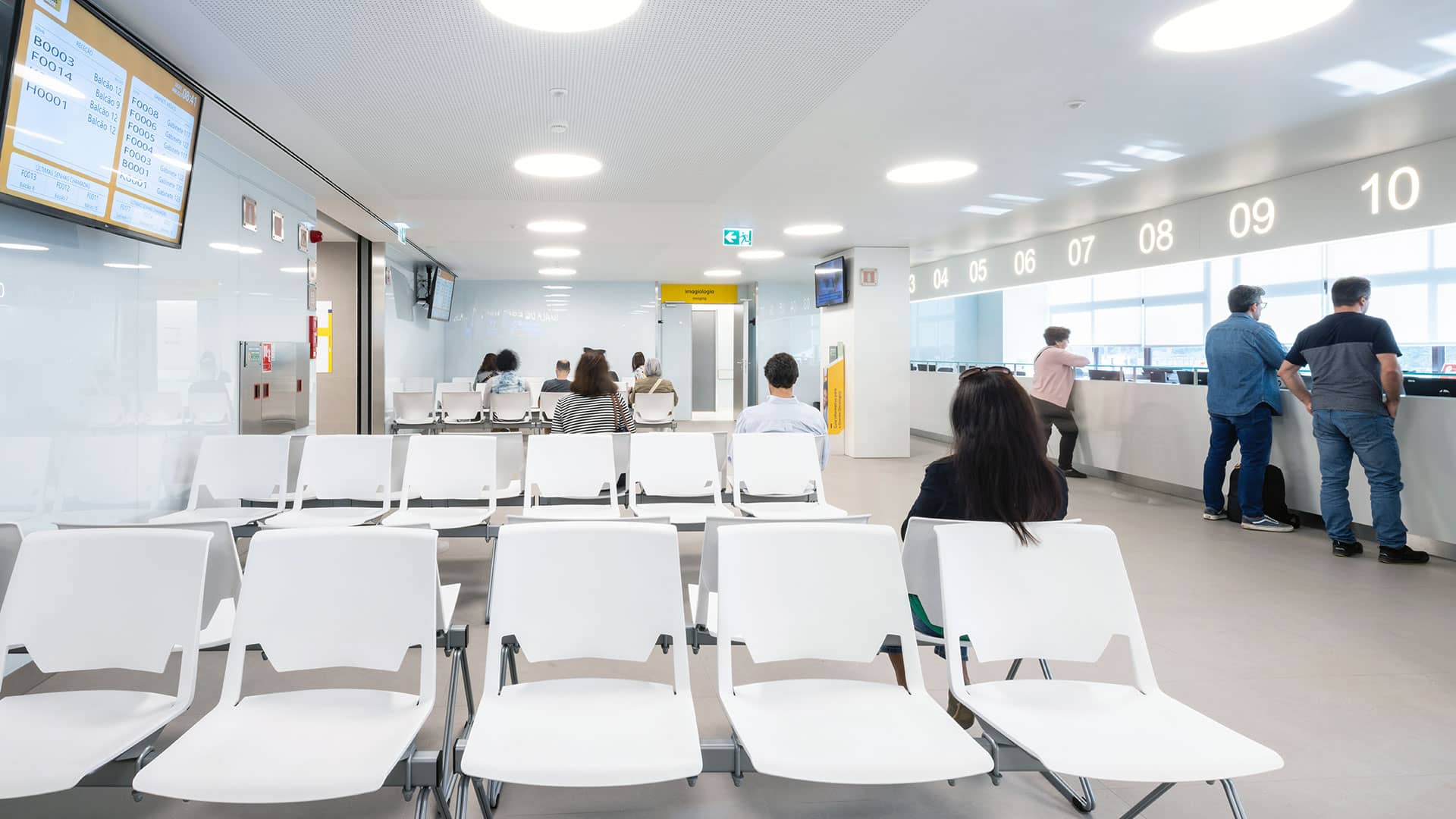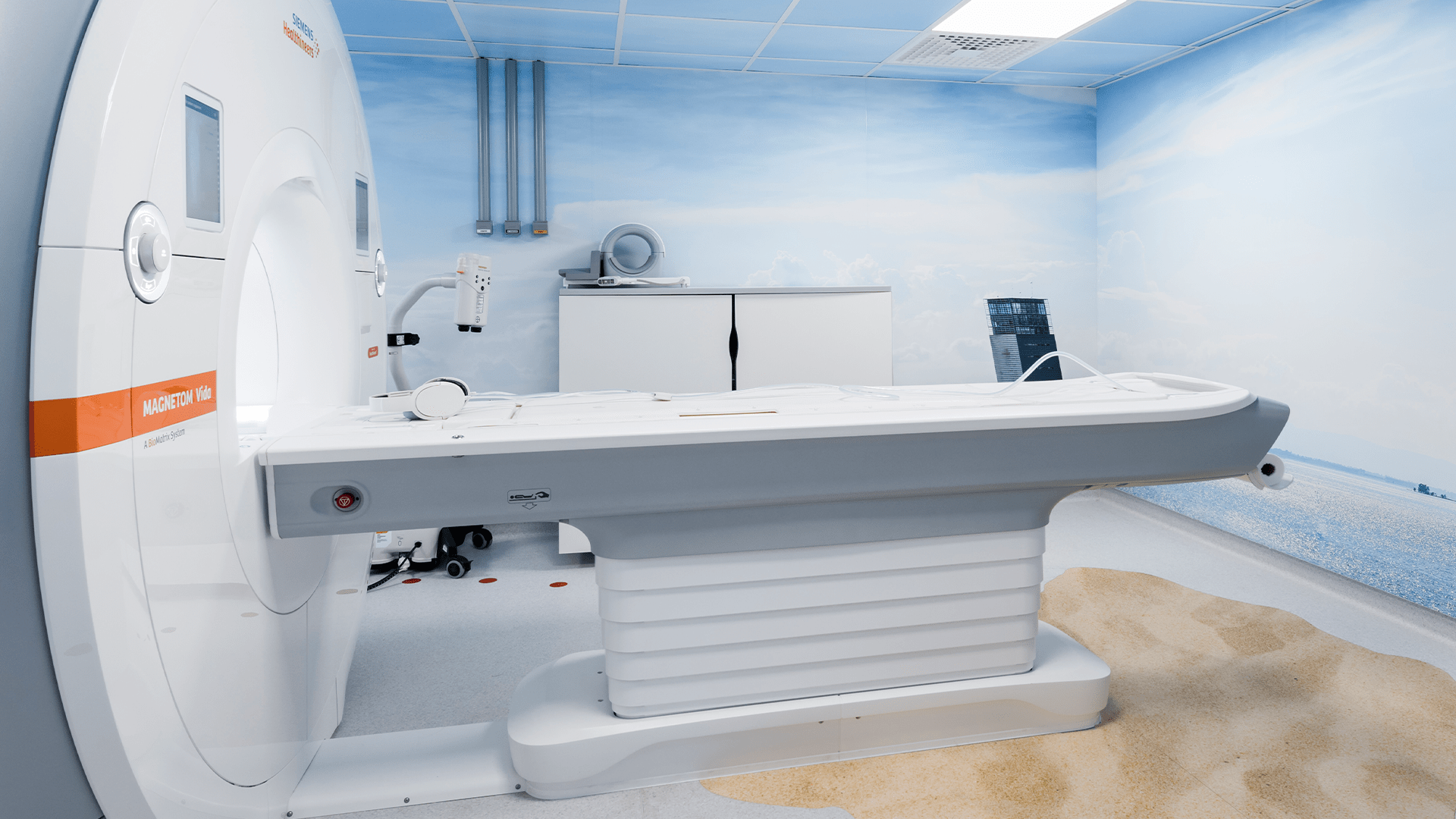Upper abdominal ultrasound is a quick and painless examination that allows for the assessment of certain internal organs. Find out how it's done and what it detects.
In just a few minutes, it's possible to observe the major organs in the upper abdomen in detail. Discover how upper abdominal ultrasound is performed and when it is recommended.
What is Upper Abdominal Ultrasound?
Upper abdominal ultrasound is an examination that evaluates the major organs in the upper abdomen. This procedure uses ultrasound waves to produce images of the liver, gallbladder, pancreas, and spleen. It is commonly requested by specialists in Gastroenterology and General Surgery. However, for the specific evaluation of the kidneys, even though they are also located in the upper abdomen, a renal ultrasound is required.
In certain circumstances, upper abdominal ultrasound can also be used to assess the presence of certain stomach and intestinal abnormalities, as well as abdominal aortic lesions such as aneurysms. However, there are more suitable examinations for these organs. Upper abdominal ultrasound has no contraindications, risks, or discomfort for the patient. It is a quick procedure, with an average duration of only five minutes.
What is Upper Abdominal Ultrasound Used For?
Upper abdominal ultrasound may be recommended by a doctor as a routine examination, but it is primarily used to aid in the diagnosis of various diseases related to the organs in this region. For example, when there are signs such as abdominal pain of unknown cause or suspected liver abnormalities, a doctor may request an upper abdominal ultrasound. The most common cases include:
- Liver: Upper abdominal ultrasound is used for detecting hepatic cysts, hepatic steatosis (fat accumulation), cirrhosis, or liver nodules.
- Gallbladder: This is the primary examination for diagnosing gallstones, cholecystitis (inflammation of the gallbladder), polyps, and cancer.
- Spleen: This examination is commonly used to diagnose changes in spleen size and structure.
- Pancreas: Upper abdominal ultrasound allows for the diagnosis and monitoring of pancreatitis and some benign or malignant pancreatic tumors.
Upper abdominal ultrasound can also guide certain procedures and interventions in the mentioned organs, such as liver nodule biopsy, abscess drainage, or device placement.
What are the Risks and Limitations of Upper Abdominal Ultrasound?
Upper abdominal ultrasound has no specific risks to note. Since it uses ultrasound and not radiation, it can be performed quickly, painlessly, and comfortably on infants, children, and pregnant women without the need for specific protection. However, this examination has some limitations. Upper abdominal ultrasound cannot evaluate organs that contain gas, such as the stomach or intestines. When a more detailed study of these organs is necessary, the doctor will request other examinations. Additionally, the visualization of the pancreas may be hindered by intestinal gas, making it difficult to obtain a clear image. In such cases, the healthcare professional may resort to a computed tomography (CT) scan or magnetic resonance imaging (MRI) to evaluate the pancreas more accurately.
Preparing for Upper Abdominal Ultrasound
There are certain precautions to take before undergoing an upper abdominal ultrasound. The patient should fast for at least 6 hours. However, drinking water is allowed, but coffee and smoking should be avoided before the examination. It is permissible to take regular medication, and the patient should wear comfortable clothing that allows easy access to the area being examined. It is also important to bring any previous relevant exams for comparison with the current results.
How is Upper Abdominal Ultrasound Performed?
Upper abdominal ultrasound is performed by a specialized physician who will instruct the patient to remove accessories or clothing that may interfere with the examination. Then, the patient lies down following the physician's positioning instructions. A conductive gel is applied to the area of the body being examined to transmit and capture ultrasound waves. The physician will slide a probe over the abdomen's skin to capture images of the internal structures.
During the examination, the healthcare professional may ask the patient to take deep breaths, hold their breath, or change positions to allow for better visualization of certain structures. The images are observed in real-time, and some are selected for storage.
Finally, the gel applied is removed with a cloth or paper, and the physician prepares the final examination report based on the interpretation of the obtained images. Upper abdominal ultrasound is considered normal when no significant alterations or uncertainties are detected in the studied structures.
Upper Abdominal Ultrasound at Joaquim Chaves Saúde
Joaquim Chaves Saúde medical clinics are equipped with state-of-the-art technological resources to provide highly accurate imaging diagnoses. Benefit from the latest evaluation protocols to undergo your upper abdominal ultrasound in the most comfortable way possible and receive prompt results and the most appropriate treatment for your case. Schedule your ultrasound if necessary.






